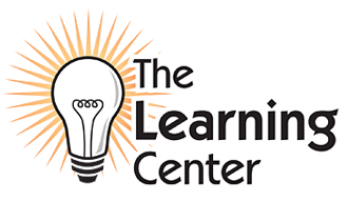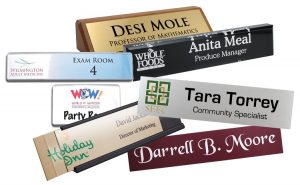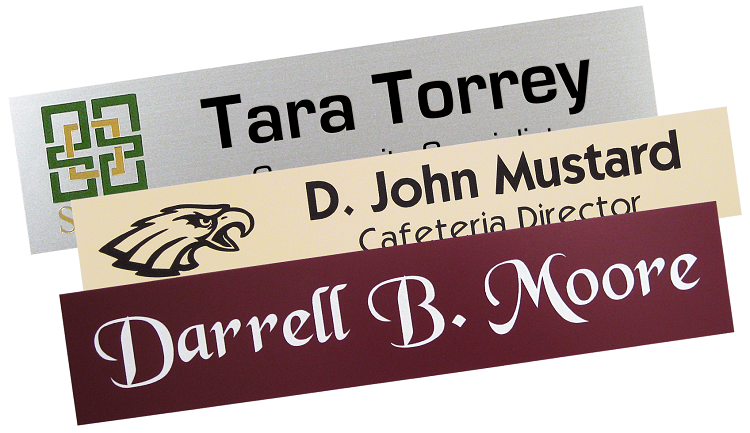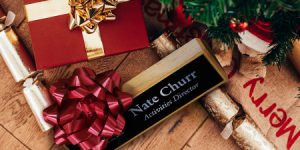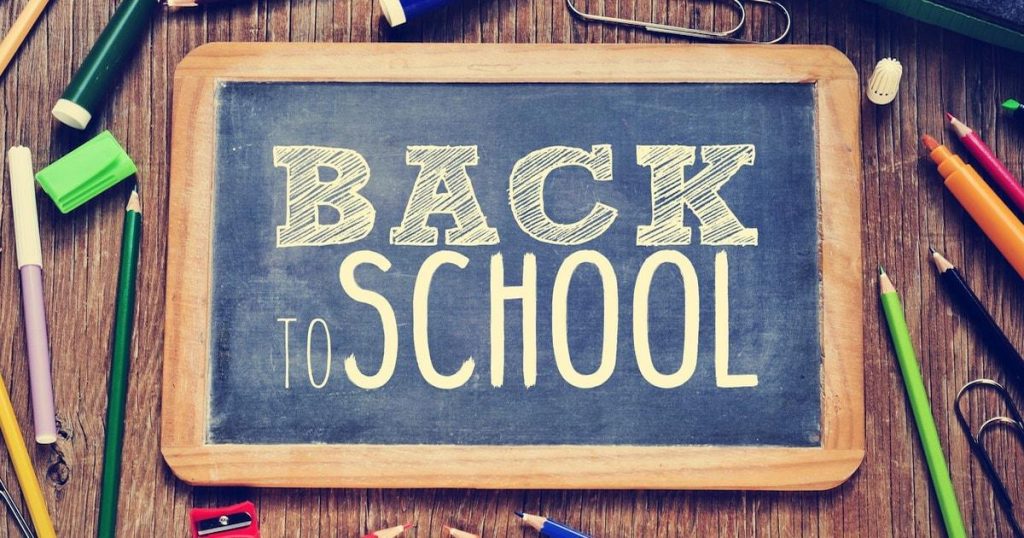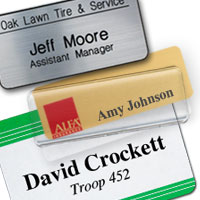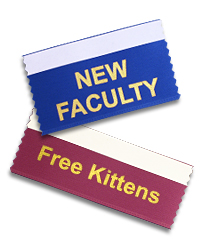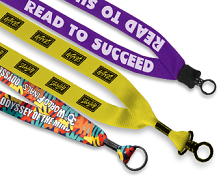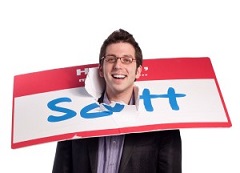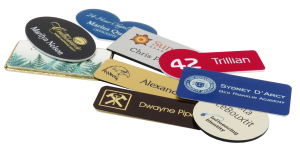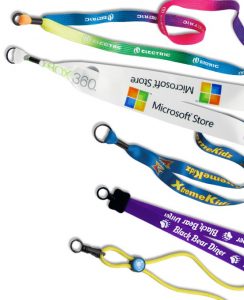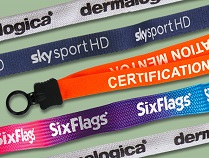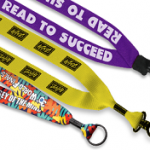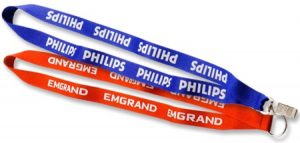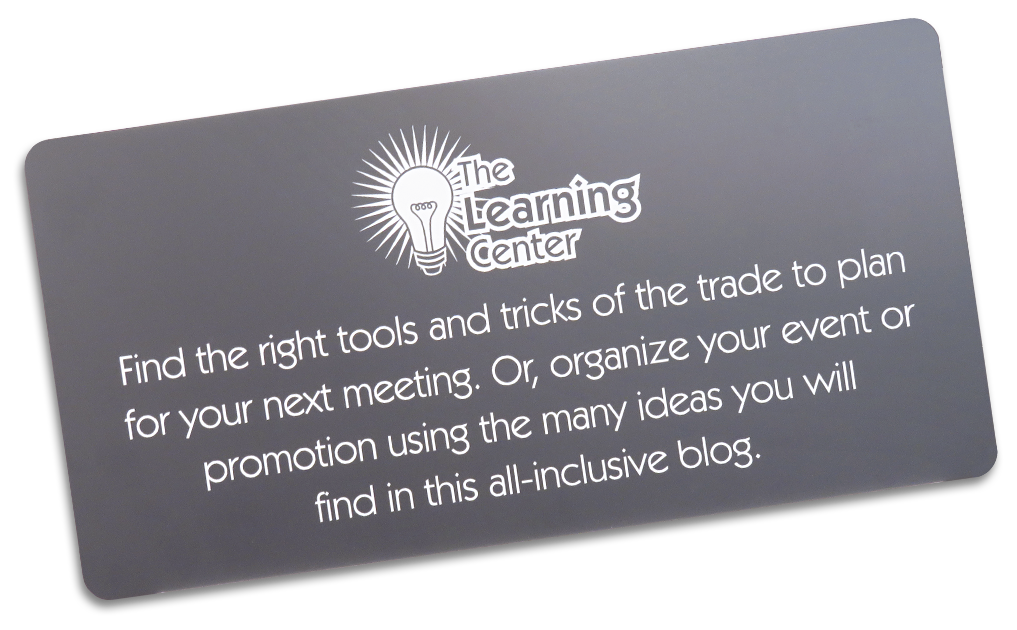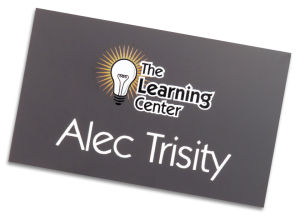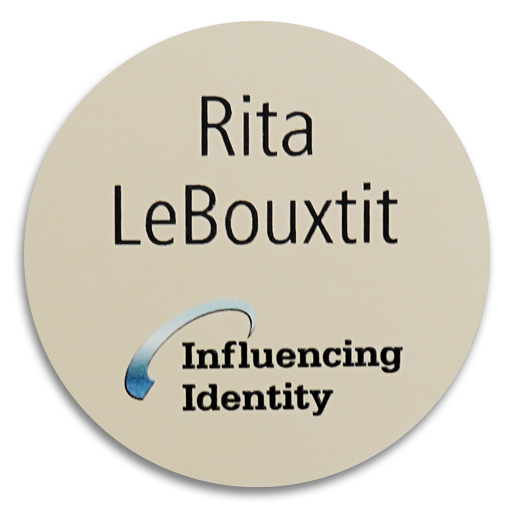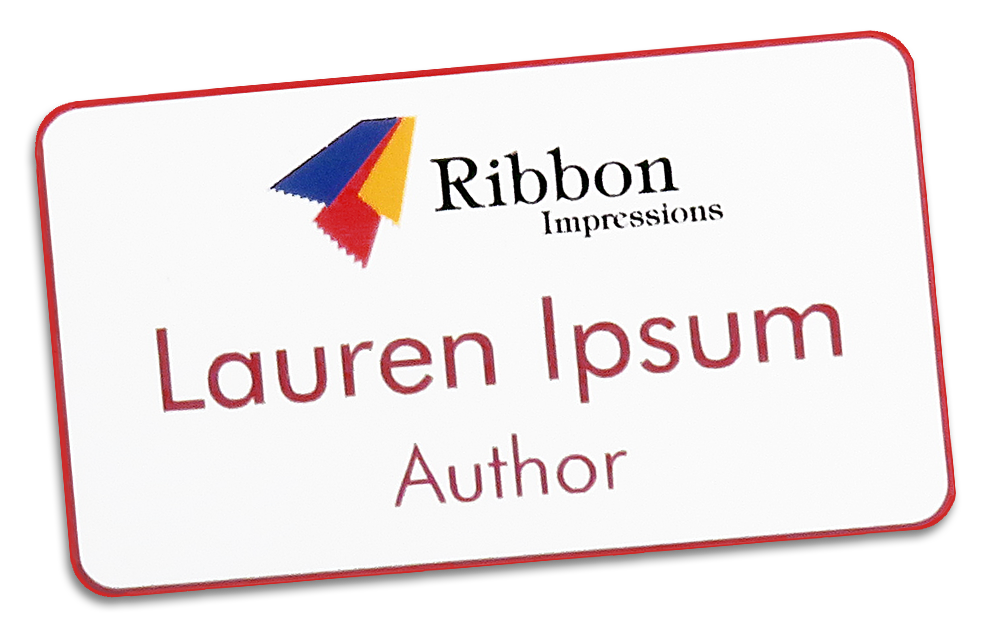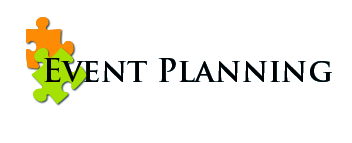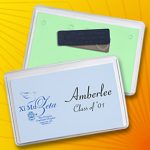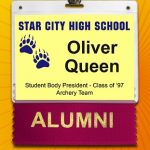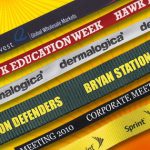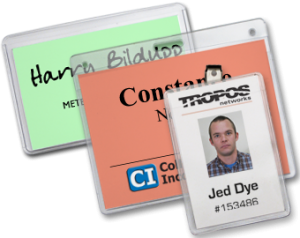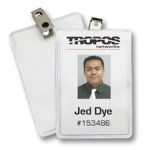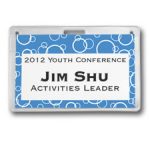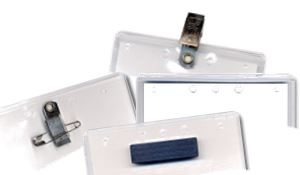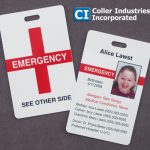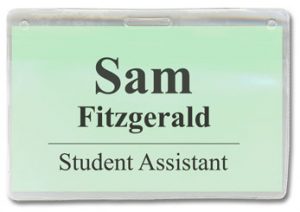Name plates are commonly seen around nearly every work environment, and here’s why.
From wall hangers to desk wedges, name plates have become an almost essential piece to any work environment. And, with so many types available, it’s easy to add a professional and personal touch to any working space.
When appropriately displayed, name plates are practically a compass in any work environment. Used on a desk, they provide names for colleagues and guests. Place them on a receptionist table, and they can be used for giving instructions or directions to clients and visitors. Or, use them throughout your office or store to create a flow from each department into another.
The flow they create into every department helps so that when newcomers or guests enter the office, they will know where they need to be. Finding directions to rooms and people is no longer an issue when name plates are used properly.
Name plates are an integral part of any work environment no matter where you use them. Here are some ways to make sure that you are, one, purchasing the correct name plate for your needs and two, displaying them in the best way possible.
First, remember to create consistency in your work environment.
No matter how big your company is, using your brand is what makes you stand out. Your logo represents not only your company but also the overall commitment to your clients and customers. And, in the name tag world, using your logo consistently on all identification products helps to define and identify you.
From colors to logos, consistency matters. So, finding the right consistency with logos, colors and fonts helps to solidify your message. By defining what your brand is upfront, you help establish your company as an industry leader. We make it easy to keep your logo and text the same on all name tags and name plates. Using our available materials and colors will help achieve this task. After all, a company who ensures that their brand is well developed will retain and make future connections with their clients and consumers.
Adding a logo onto any name plate is an excellent way to maximize branding for your company. And, finding that perfect name plate just got easier! Choose from both metal and plastic to customize any name plate to match your work environment and brand. Logos can be engraved or printed depending on the style you choose.
Our Name Plate Styles
Engraved names and titles are what these plates are all about. Start with your size choice and provide a list of names to get the ball rolling on these simple, yet effective tools.
With two types of full-color printing or simple engraving, any logo will stand out for everyone to see. And, any needed text is engraved or printed alongside the logo.
Reusable and printable, how does it get any better than this? Each plate comes with an attachment choice for easy display.
Blank or printed, the back plates to this reusable system look great with your printed inserts. Just slide the whole thing together, and get to personalizing your work environment.
Modern and sleek, these desk blocks are perfect for a classy look on any desk or other flat surfaces. Don’t just stick with names and titles, play around with nearly any text to customize the look.
Go all sorts of professional with these gorgeous wooden wedges. These look great on any CEO’s desk or even in a lobby.
Next, think about who needs a name plate.
While name plates are often seen on desks and counters, don’t underestimate their power of persuasion. From a corporate gift during the holiday season to expressing appreciation to a colleague for their help on a project, each name plate is unique. And, here’s how: the name!
Everyone loves to hear and see their name. And, by displaying it on their desk or office door, they can see it every day. Make them feel special by using their name in meetings, during conferences or simply in daily greetings. Your personalization of your employees will translate into your business goals and deals and thus reflects into your work environment.
What is the significance of a name plate in a work environment?
As a name plate is the easiest place to display someone’s name and title, it becomes essential to any work environment. Most people find that having their title visible is necessary during their busy days. These name plates continuously remind someone of their status and help others see it as well. So, it’s a perfect gift for anyone to help them understand what they mean to you. Name plates, in this sense, are the gift that keeps on giving. And, even if someone doesn’t have a desk to stick that plate on, they are sure to find somewhere else to display it proudly.
There are many different professions that can use name plates. Teachers, receptionists, elected officials, lawyers, accountants and so many more professionals benefit from having a name plate. No matter where you put it, the door, a desk or even a bookshelf, every work environment will benefit from having visible name plates. So, don’t underestimate the power of these identification tools.
Name plates are also a useful tool to improve many experiences within your company. From signage to room identification, help your customers easily navigate your business. Use them for employees who have an office. Or use them to identify different sections of a store. No matter how you need to use them in your office or store, they are sure to help you stand out from your competitors.
Some of the Top Uses for Name Plates
Display someone’s name and title on a desk, door or wall mounted name plate. It’s just that simple! Create desk and wall name plates for yourself, your managers, the CEO or your entire company. Add a personal touch to any work environment by displaying not only a logo but also a person’s name and title.
DIRECTIONS AND INSTRUCTIONS
Providing instructions or directions to visitors in any store or office is a must. Customize name plates with important instructions to meet any office need. Whether it is to point out a meeting room or a restroom, these directions are required in most work environments.
PRODUCT LABELS
Whether it’s a restaurant or retail store, these name plates are perfect for letting your customers know what exactly they are getting. Provide a clear label for your next buffet or end-cap, and consumers are guaranteed to come back for more.
AWARDS
Executive desk blocks are perfect for showing just how much you appreciate someone. They also make an excellent award for any achievement. With a class of excellence above any other, these beautiful name plates are sure to show how much you care.
BRANDING
Adding a logo to a name plate is an inexpensive way to maximize branding for both employee and company benefits. And they are a great way to create consistent branding throughout any office, building or store.
Corporate Gifts Worth a Wow
It’s easy to give perfect corporate gifts that everyone will enjoy.
Showing appreciation with corporate gifts for your customers, clients and employees doesn’t have to be complicated. And, most importantly, it doesn’t have to be a mundane gift. We all have several promotional mugs, t-shirts and other items that we receive as thank you gifts. So, what makes you stand out from your competitors?
Deciding on a product to give can be a difficult choice. And at this time of year, it’s important to start thinking about those corporate gifts. Not only is gift-giving one of the best ways to improve office morale and grow and maintain your business, but it has become expected as a way to acknowledge a working relationship.
These make excellent corporate gifts. And this is one of the best ways to grow and maintain your business. Most companies agree that the fundamental reason for corporate gifting is to acknowledge relationships and improve personal connections.
Name Plates for Your Work Environment
Whether it’s hanging a name plate from a cubicle wall or using an acrylic desk block for office signage, name plates prove over and over to be of significant use in any work environment. They provide a professional, yet affordable solution for every business for identification uses. And, no matter where they are displayed, they are sure to help your company stand out.
